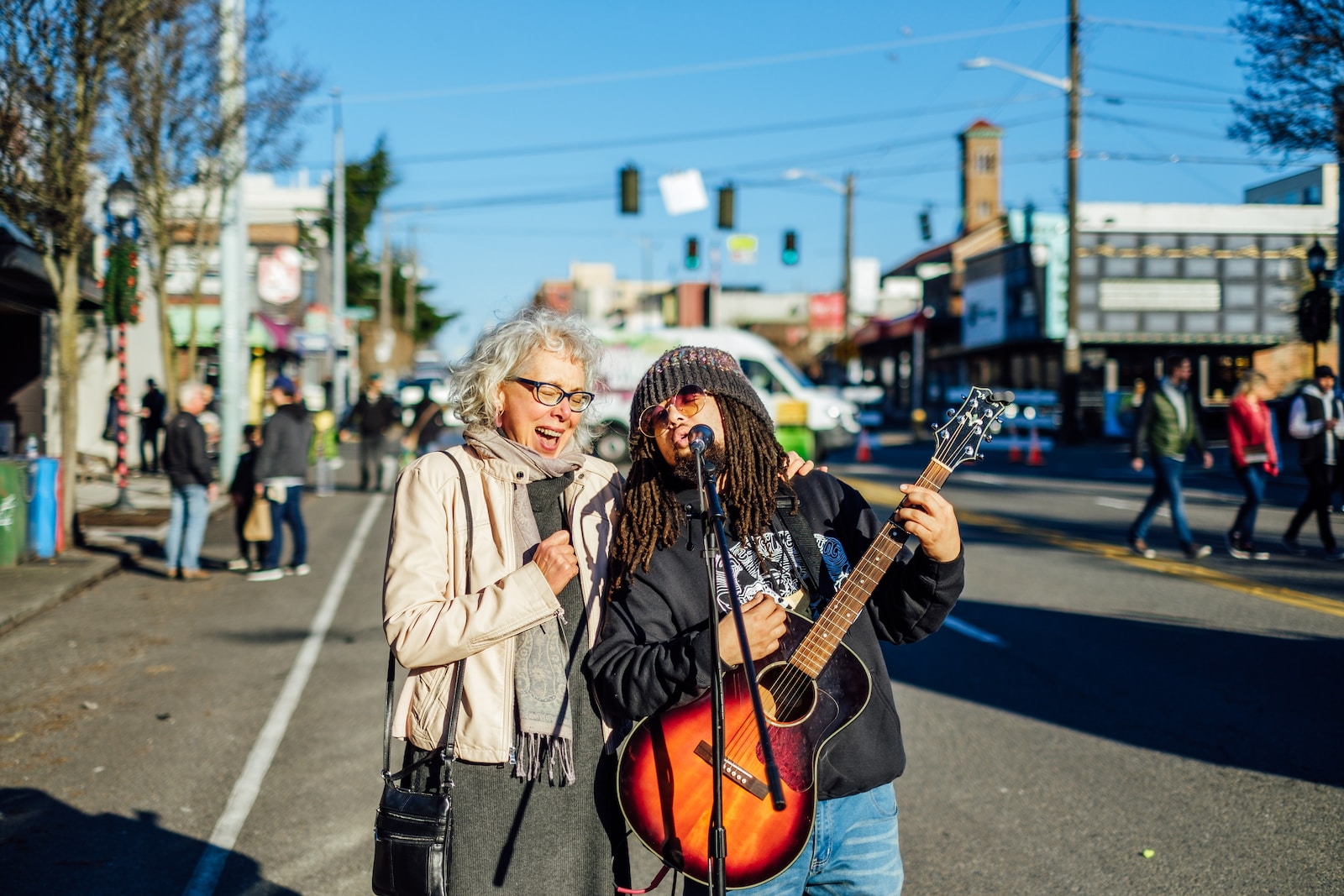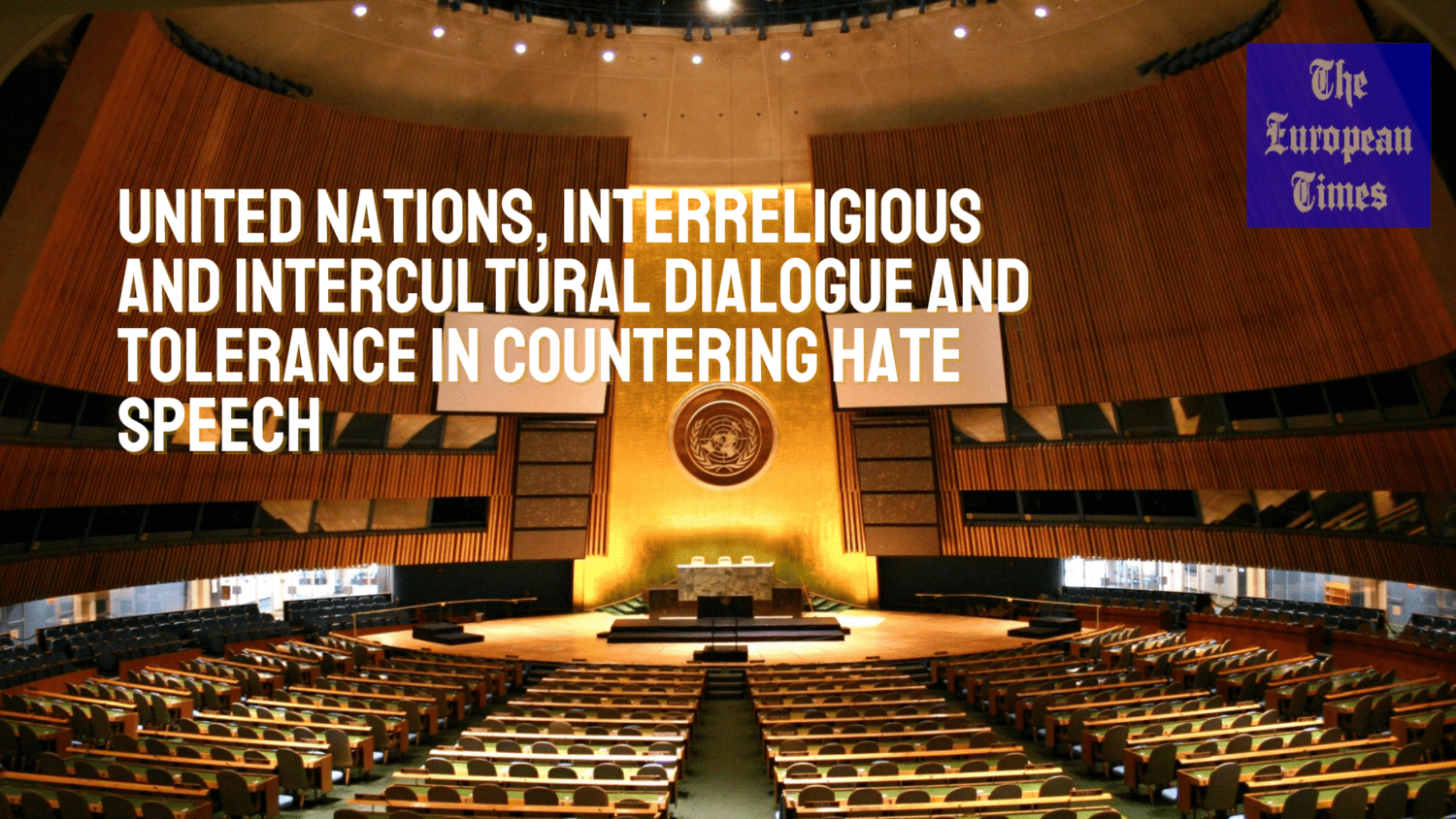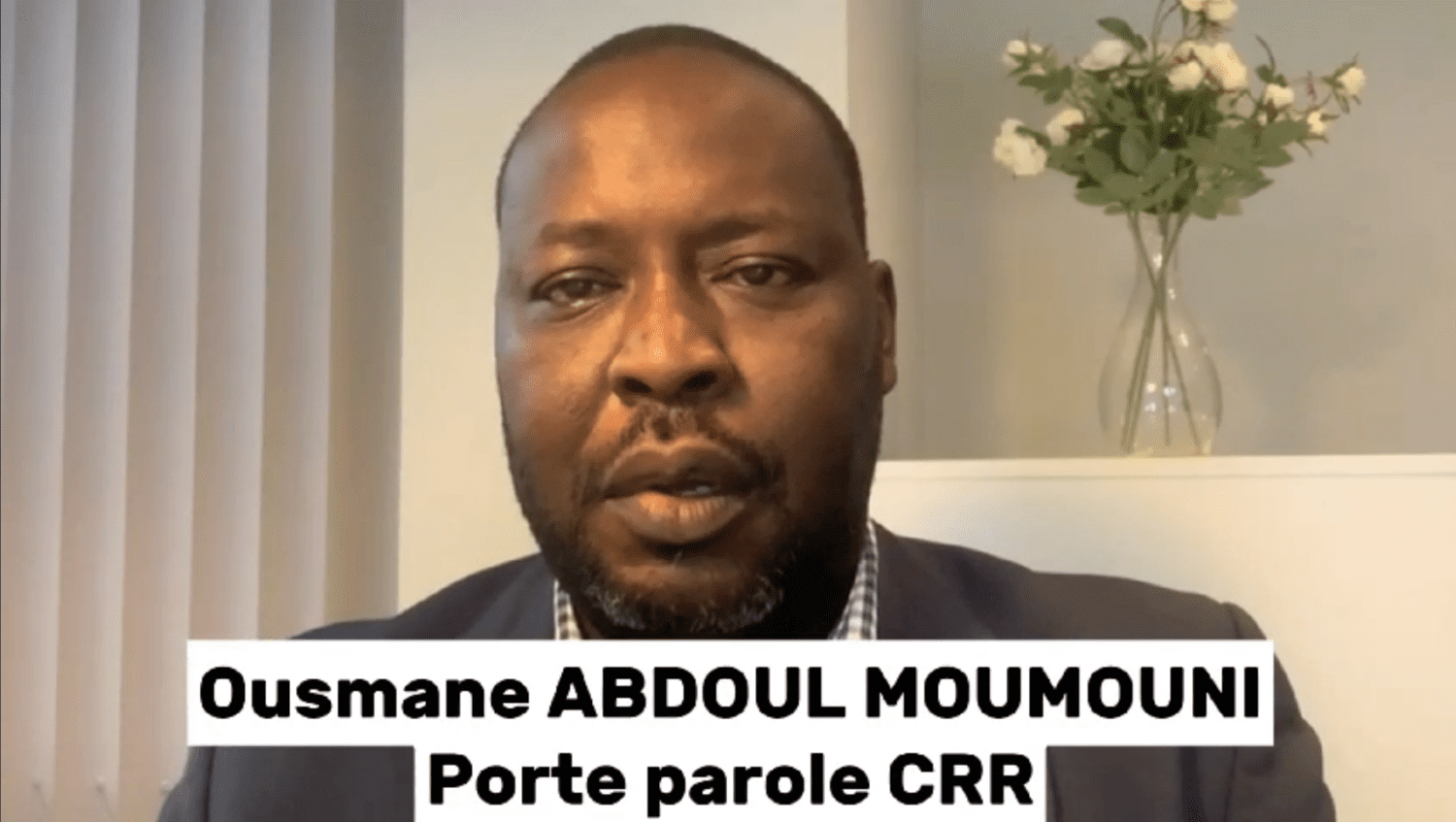In the world of music, collaboration has always been a powerful force. Whether it’s two voices harmonizing, or multiple instruments playing together, the magic of music duets is undeniable. These collaborations not only create beautiful art but also showcase the power of working together towards a common goal. In this article, we will explore the various aspects of music duets and how they highlight the significance of collaboration in the music industry.
1. Music Duets, Harmonizing Souls: The Art of Blending Voices
One of the most captivating aspects of music duets is the art of blending voices. When two voices come together, harmonizing and intertwining, it creates a new level of emotional depth and richness in the music. The combination of different vocal timbres, ranges, and styles can evoke a range of emotions, from joy and happiness to melancholy and longing.
Music duets allow singers to play off each other’s strengths, providing a platform for vocal improvisation and experimentation. They challenge the artists to listen and respond to each other, creating a dynamic and interactive performance. By collaborating vocally, artists can push each other to new heights, harnessing the power of teamwork and mutual support.
Several iconic music duets have left an indelible mark on the industry. From Freddie Mercury and David Bowie’s “Under Pressure” to Elton John and Kiki Dee’s “Don’t Go Breaking My Heart,” these collaborations have stood the test of time, testament to the enduring power of blended voices.
2. Instrumental Conversations: The Dance of Musical Instruments
Music duets are not limited to vocals alone; they also encompass instrumental collaborations. When two musicians play their instruments together, it creates a musical conversation like no other. Each instrument brings its unique personality to the duet, with different textures, tones, and techniques blending seamlessly to create a sensory experience.
It is through instrumental collaborations that musicians can showcase their technical prowess and creativity. Whether it’s a piano and violin duet or a guitar and saxophone collaboration, the interplay of melodies, harmonies, and rhythms highlights the magic of collaboration. Musicians have the opportunity to inspire and challenge each other, resulting in a performance that is greater than the sum of its parts.
Iconic instrumental duets have mesmerized audiences throughout history. Think of Carlos Santana’s guitar duet with Rob Thomas in “Smooth” or Yo-Yo Ma’s duets with various artists, showcasing the versatility of the cello. These collaborations prove that when musicians come together, they produce breathtaking music that resonates with listeners worldwide.
Conclusion
Music duets embody the true essence of collaboration, where artists leverage each other’s strengths and inspire one another to reach new heights. Whether it is through blended voices or instrumental conversations, these collaborations bring a unique magic to the music industry.
The power of collaboration in music duets goes beyond the creation of beautiful art; it serves as a reminder of the significance of teamwork and mutual support. As artists come together, they demonstrate the immense potential that lies in collective efforts, reminding us of the transformative power of collaboration in our own lives. So, next time you listen to a music duet, let it serve as a reminder of the magic that unfolds when voices and instruments combine, and the immense power of collaboration in creating something truly exceptional.














